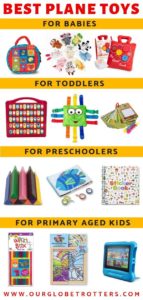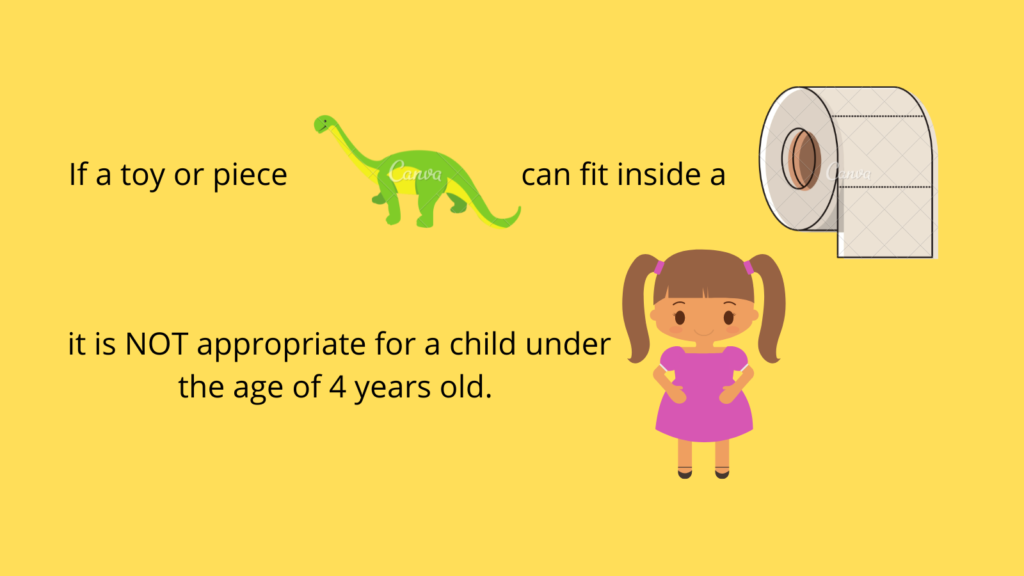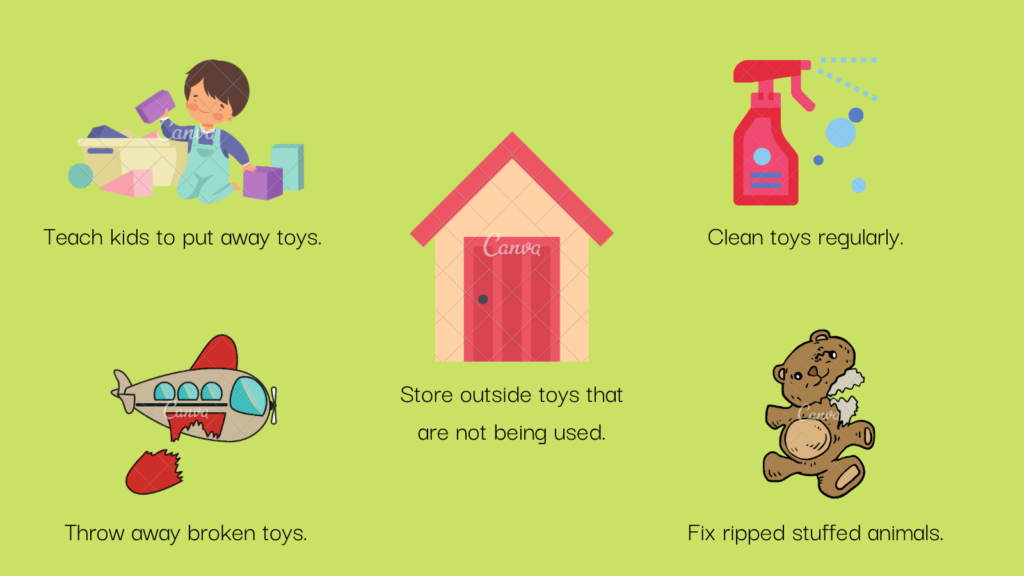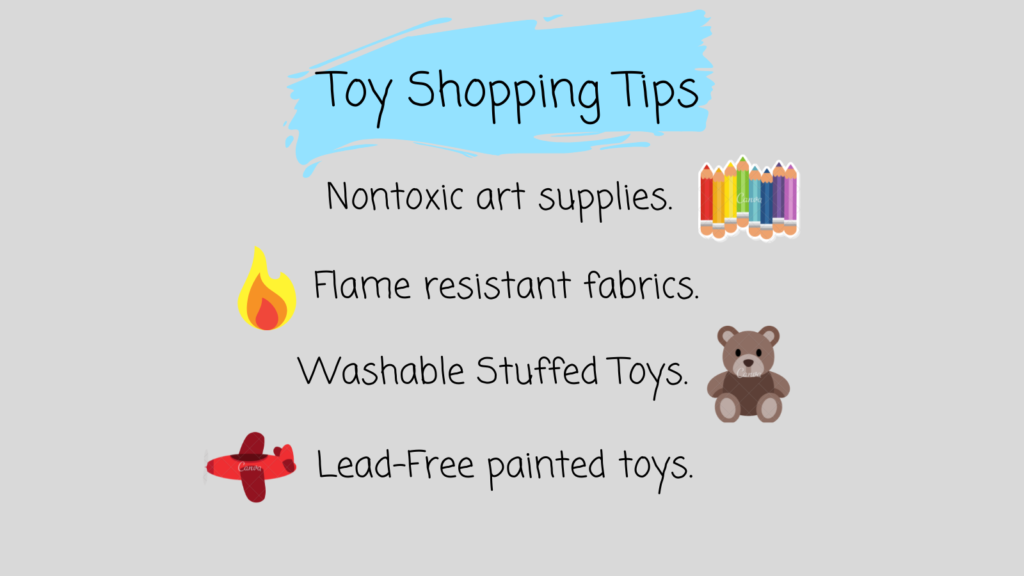December brings about lots of holiday celebrations. For children, this often receiving gifts of toys. As we want families to celebrate the season, we also want families to remember the safety tips surrounding toys, so that all children remain safe and free from injury from toys. According to the Consumer Product Safety Commission (CPSC), in 2019, an estimated 198,000 toy-related injuries occurred; the majority in children ages 14 or younger. While many of these children were treated and released from the emergency room, there were toy-related injuries that resulted in deaths. As adults, it is important to get children age appropriate toys and to supervise children when playing with their toys. Deaths from toy-related injuries result from airway obstructions, unsafe sleep with toys, and suffocation. While these rare cases of death are the extreme, they are all preventable.
What toy safety tips do YOU need to know to prevent unnecessary trips to the ER and tears shed while playing?
- Toys with cords or strings longer than 7 inches can be harmful for babies and very young children, as they can be wrapped around a baby’s neck.
- Buy only toys that say “UL Approved” (Underwriters Laboratories). Toys that heat up are fine for children older than 8 years when used with an adult.
- Avoid fixing or making electric toys yourself. Make sure battery-operated toys have a cover that closes with screws to keep the batteries secured inside the toy.
While these might seem like a lot of tips and cautions to watch out for when purchasing the best gifts this year, just remember with a little simple planning a head, you can ensure that you and your child will be able to remain at home, enjoying the holidays… instead of spending a few hours with the local emergency department.
Happy Holidays!
- Consider the child’s age & development when purchasing a toy or game. Read the instructions and warning labels to make sure the toy is age-appropriate for the child.


- Look for small parts or other potential choking hazards before settling on the perfect toy. Remind children of any age to never put a small toy part in their mouth, ears, or nose.
- Separate toys by age and keep a special eye on small game pieces that may be a choking hazards for young children. Toys intended for older children may pose a risk to younger, curious siblings.
- Have toy bins for to store toys once play is complete, preventing any falls from stepping on toys.

- If you are getting a child something with wheels (bike, scooter, etc.), get them an appropriately fitted helmet, too!
- From time to time, toy manufacturers will have recalls for toys. Visit recalls.gov to see any recalls on children’s toys and products.
- If magnets come off and your child swallows two or more of them, they can stick together inside your child’s body, causing injury and death. Don’t let children play with magnets.

- Select toys made of natural materials, like cotton, wool, and uncoated wood.
- Avoid old wooden toys with chipped paint, as the paint may contain lead, which could be dangerous.
- Check that toys made of fabric can be washed.
- Choose toys labeled phthalate-free, PVC-free and BPA-free, avoiding plastic toys with recycling codes #3, #6 and #7.
- Choose paints, crayons, markers and other art materials that say “non-toxic.”
References
Consumer Product Safety Commission. (2020) Toy related deaths and injuries calendar year 2019 http://www.cpsc.gov
Seattle Children’s Hospital. (2021). Toy safety. https://www.seattlechildrens.org/health-safety/keeping-kids-healthy/prevention/toy-safety/
Blog Post Provided by
Kelly Llewellyn
Injury Prevention Coordinator/Safe Kids Co-Coordinator
Meritus Health


